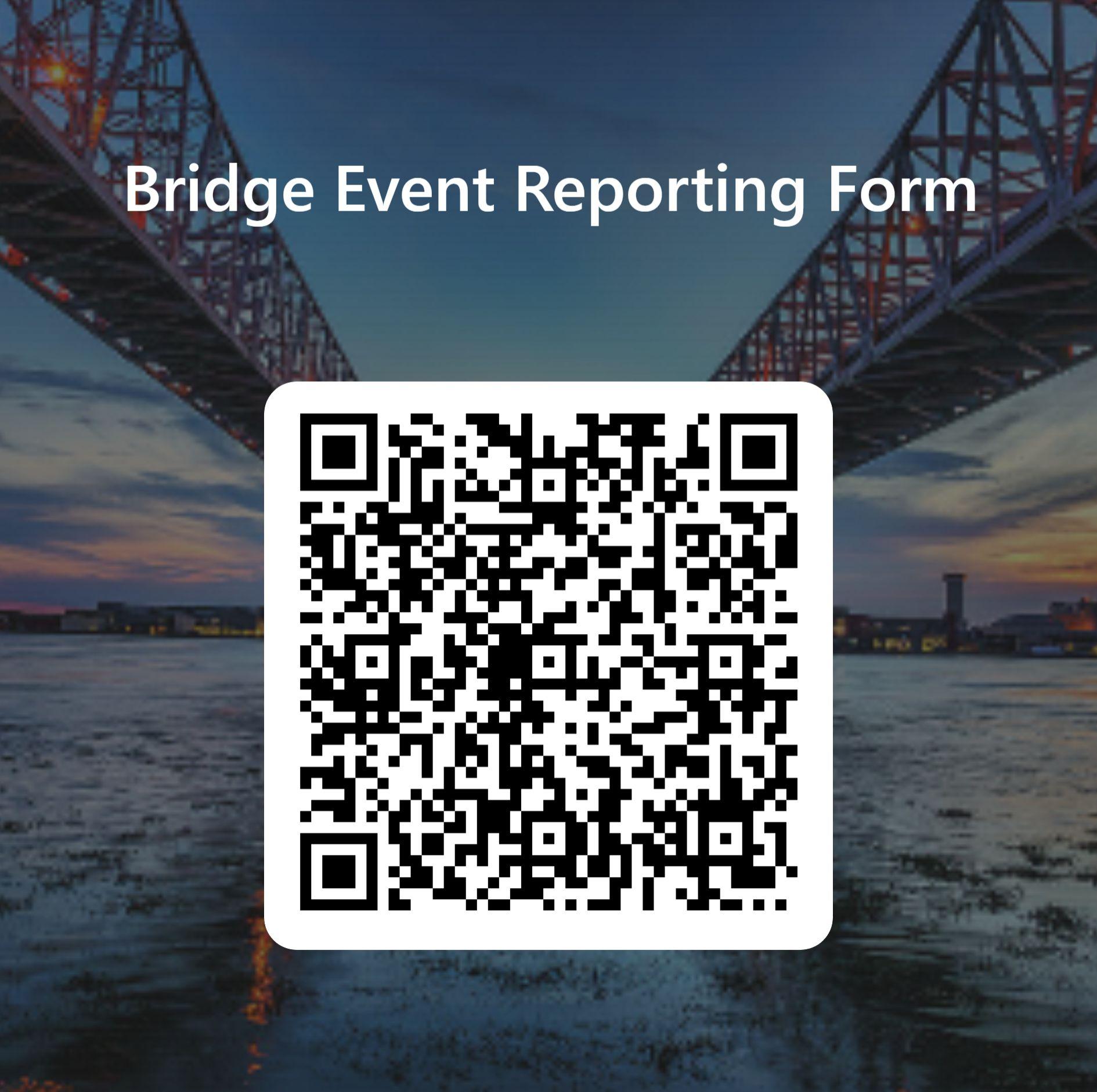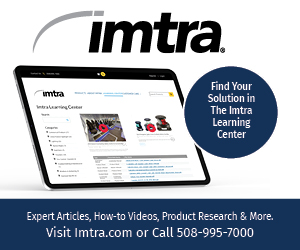The American Waterways Operators (AWO) and the Gulf Intracoastal Canal Association (GICA) have launched a new initiative designed to document issues towboat crews experience with moveable bridges and report validated events to the U.S. Coast Guard. AWO and GICA are calling the initiative the Bridge Events Recording Program, or BERP for short.
“This started a while back, because there have been quite a few incidents or near misses the past few years involving our member companies and their interaction with some of the moveable and remotely operated bridges, so much so that the Mid-America Regional Quality Steering Committee, which is a safety partnership with the Coast Guard, Corps and industry, started a working group to talk about this and plot a path forward,” said Justin Lampert, director of AWO’s mid-continent office. “After talking with Paul at GICA, we developed this action plan to identify a way to report and document some of these incidents with bridge operators.”
Mike Breslin, AWO’s director of safety and sustainability, said BERP doesn’t deal with bridge allisions, which usually trigger a Coast Guard investigation.
“We’re collecting events that aren’t typically recorded by the Coast Guard as an incident,” Breslin said. “Things like when the bridge doesn’t open on time, when the bridge has navigation lights that are out, when a bridge closes too early, or when a bridge doesn’t open all the way.”
Typically, towboat crews don’t report those types of incidents to the Coast Guard, Breslin said, and instead merely regard them as a frustration. Still, those issues or near misses can pose a safety threat nonetheless.
“Slowing down means you lose steerage,” Breslin said. “Losing steerage means you increase the chance that you’re going to go in a different direction than you want to go. All those little events could end up being big ones. Near misses are the preliminary thing to tell us there might be an incident. After a certain number of near misses, it’s proven that you’re probably going to have an incident, so we’re trying to stop it before it happens by using this Bridge Events Recording Program.”
According to a one pager detailing the Bridge Events Recording Program, vessel crew members involved in a near miss with a moveable bridge should first report the event according to their company’s near miss reporting procedures. The crew members should tell their supervisor that the near miss falls under the parameters of the AWO Bridge Events Recording Program. With company approval, mariners then would fill out a form online detailing the event. Information will include the date and time of the event, the name and location of the bridge, a description of the event, direction of travel, tow configuration, etc. Forms should be sent to bridges@americanwaterways.com.
Once a report has been submitted, AWO will validate the information and draft a letter to submit to the Coast Guard. The letter will detail the event, cite the regulation or protocol that was not followed, then ask the Coast Guard to investigate and, if needed, issue a letter reminding the bridge operator of the regulation in question.
“Once the letter is drafted, we send it back to the company for their review and an acknowledgement that the series of events described in the letter is accurate, prior to sending that to the Coast Guard,” said Jill Bessetti, vice president of AWO’s southern region, who’s taking the lead on post-report communications with the Coast Guard.
The goal isn’t to create “gotcha” moments for bridge operators, who range from railroads and state departments of transportation to local parishes or counties or, in one case, a homeowner’s association.
“The intent, from my perspective, is to heighten awareness, not only awareness for the Coast Guard and for industry, but the awareness of the bridge operator,” said Paul Dittman, president of the Gulf Intracoastal Canal Association. “Most of these bridges are operated by state DOTs, and I don’t know if they have full visibility on a lot of the near misses that take place. And if you’re not aware of something, you’re not able to take any corrective action.”
The collaboration between AWO and GICA makes sense in that the Gulf Intracoastal Waterway, particularly the stretch in Louisiana, has a high number of bridge crossings. Building rapport and connecting with moveable bridge operators has been a major part of Dittman’s three years at the helm of GICA.
“These are all good people trying to do the right thing, but they may not necessarily have a maritime background and may not always fully comprehend the impact that bridges may have on routine transportation,” Dittman said of moveable bridge operators. “What I’ve found is that by merely opening up dialog and discussion, 99 percent of the issues are addressed. To me, this is a tremendous opportunity for us to more formally document near misses, potential issues, and open up those lines of communication with the idea of continuous improvement. The more you’re aware of something, the more you’re able to take effective action to mitigate risk.”
Beyond that event-specific communication with the Coast Guard, AWO plans to collect accounts of moveable bridge near misses for six months, then compile them into a detailed report, which AWO and industry partners will then review with the Coast Guard, with the intent of identifying ways to reduce the risk of bridge allisions and other incidents involving commercial vessels.
While the two organizations collaborated on the documentation format and reporting procedure involved with the program, membership in AWO or GICA is not required for participation in BERP. The form is available at www.americanwaterways.com/resources. For more information, contact bridges@americanwaterways.com. While the initial rollout of BERP has focused on GIWW operators, the program is open to operators throughout the inland system, including the Chicago area and the Tennessee-Tombigbee Waterway.




